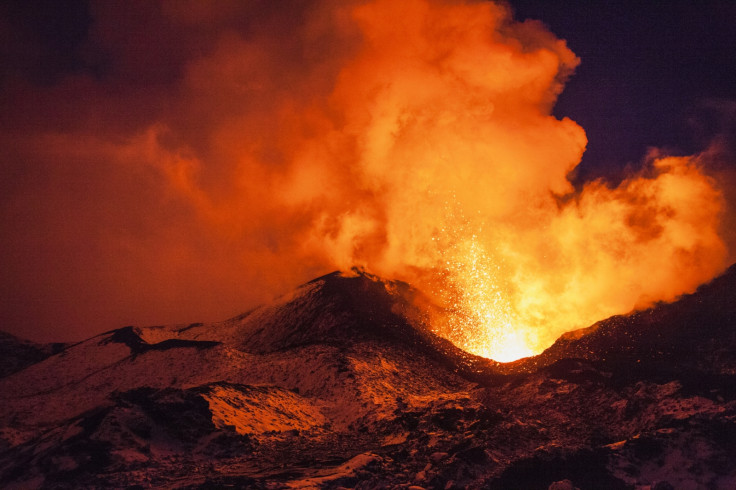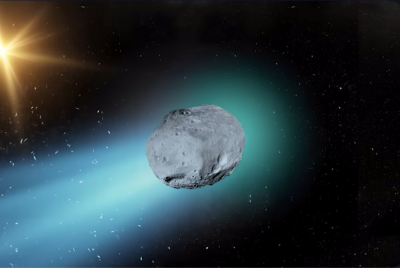How supervolcano bigger than Yellowstone almost wiped out life on Earth before it even got going
Life on Earth faced its first big challenge 444 million years ago.
When life on Earth was still young it faced its first devastating mass extinction, killing 80 per cent of the species on the planet. This was caused by a huge volcanic eruption, from a volcano that would dwarf any active on Earth today, such as Yellowstone and Toba.
The extinction happened about 444 million years ago, at the end of the Ordovician Period. It packed a double punch: first came falling sea levels and cooling ocean temperatures. Glaciers on land raced forward as air temperatures dropped too.
Then as the world's climate returned to normal, temperatures warmed, the ice sheets melted and sea levels rose quickly. This return could have been at least as deadly as the cooling period, as oxygen-depleted water inundated marine environments.
The cause of this dramatic climate shift has been a scientific puzzle. Evidence from mercury in rocks that formed at the time of the extinction has revealed that a huge volcanic eruption may have been to blame. The findings are published in a paper in the journal Geology.
"The major source of mercury to the environment prior to industrialisation was from volcanoes," study author David Jones of Amherst College in the US told IBTimes UK.
"It is one of the elements emitted into the atmosphere during eruptions. Mercury can be transported in the atmosphere and subsequently deposited on Earth's surface, both on the continents and in the oceans."

Traces of this mercury remaining today suggest that an eruption large enough to disrupt the world's climate took place at the end of the Ordovician Period. To kill 80 per cent of life on the planet, which at this point hadn't yet spread onto land, the eruption would have had to be really huge.
"There is no place on the planet today where a large igneous province comparable to the one we suggest for the Late Ordovician is currently erupting," Jones said. "We are dealing with really massive events."
It's not known exactly how long the eruption would have gone on for, but it was likely to have been hundreds of thousands of years. The exact location of the volcanic region is also still a mystery at present, Jones said.
"There are several candidates spread across multiple continents. This style of volcanism produces massive lava flows, with most of the lava pouring out of vents and fissures over a wide area rather than exploding from individual point sources."
Next, volcanic sites of roughly the right age will need to be tracked down and tested to see if they could have been responsible for the extinction.
© Copyright IBTimes 2025. All rights reserved.






















